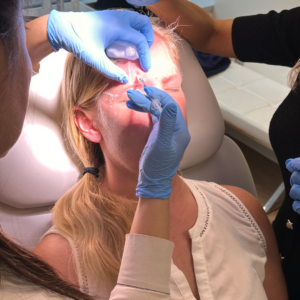
How to Stay Competitive in Aesthetic Medicine
In order to have a successful aesthetic practice, you need to have effective advertising to attract people to your business.
This includes spending those marketing dollars effectively and having a team of staff that are well informed.






